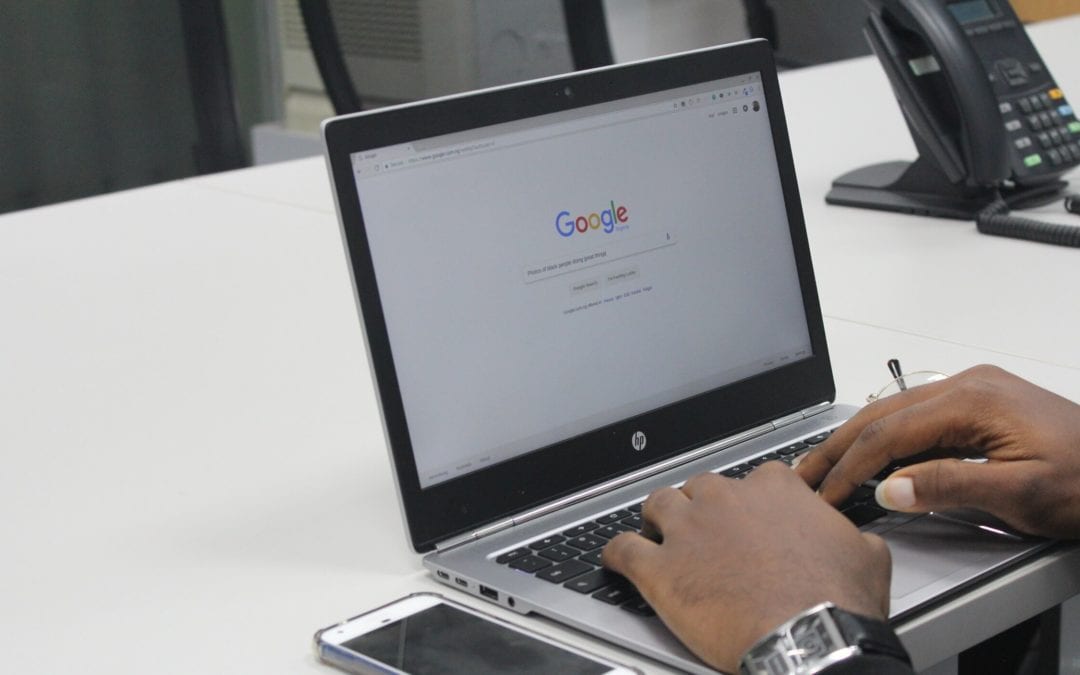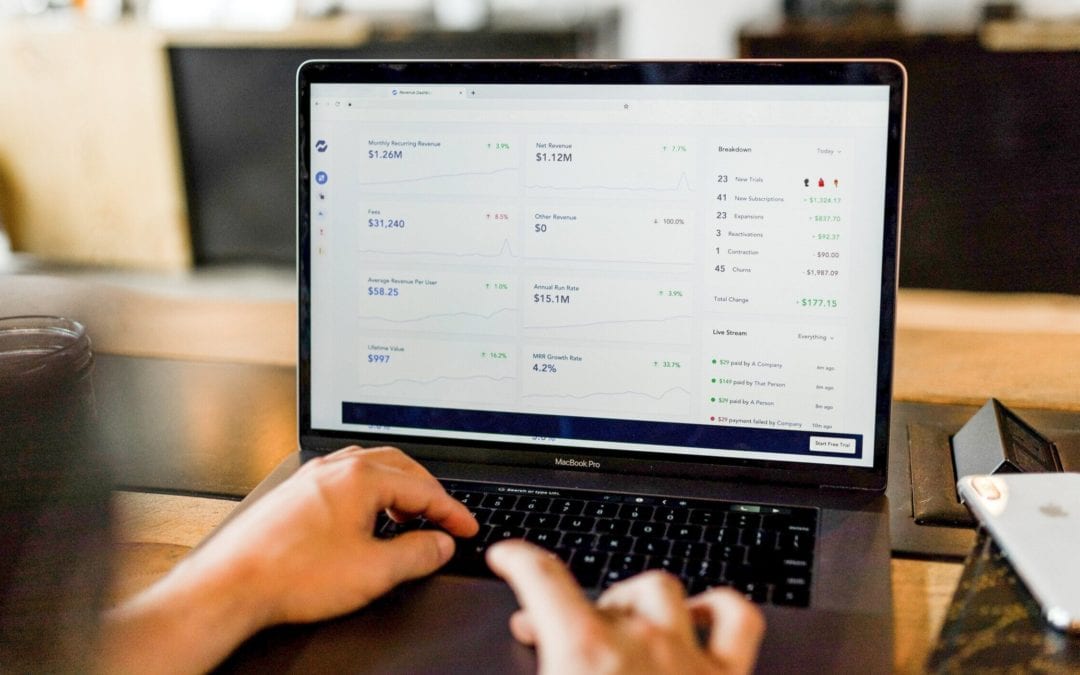
Are You Unknowingly Wasting Money on Google Ads?
Are You Unknowingly Wasting Money on Google Ads?

Written By
Did you know companies waste thousands of dollars a year on the wrong keywords?
According to Statista, Google’s ad revenue amounted to almost 134.81 billion U.S. dollars in 2019. The story that often doesn’t get reported, though, is how much of that revenue is from WASTED ad spend by companies.
Seer Interactive found that, on average, 12.5 percent of paid search budgets are spent on keywords or search terms that are either irrelevant to a company’s product/service, or aren’t converting (one of our clients had more than 30% of wasted spend!) Let’s say your monthly budget is $1,000 ($12,000 per year). That’s an estimated $1,500 in wasted spend (a month and half’s worth of budget!). What could you do with that extra $1,500? What if you could re-allocate it to search terms that have already proven to drive results? Think about how much more quickly you could achieve your goals.
How (if at all) are you monitoring your Google Ads spend?
Are you maintaining your account on a monthly, or even weekly basis to ensure that you’re eliminating terms that are eating your budget? More importantly, what are you doing with those savings to help you meet your goals more efficiently? According to Hubspot’s State of Inbound report, companies that track their inbound marketing are 17x more likely to see a positive ROI than companies without good analytics in place. However only 57.7 percent of Google Ads accounts actually have tracking set up for their site and campaigns. 97 percent of accounts without proper analytics set up fail.
Companies have neither the time nor the know-how to leverage data the right way when strategizing and executing PPC campaigns.
Google provides a wealth of data, but it’s often cumbersome to mine through it and generate actionable insights. Skipping this step, though, will taint your strategy, minimize your results and ultimately lead to an inefficient use of budget.
For example, according to Seer, it can take up to 250 hours to evaluate 6,000 search queries manually. It’s extremely tedious, as you have to export out search terms and keywords in excel, manually review them, and then optimize your ads (sometimes you have hundreds or even thousands of rows filtered by clicks and cost). Marketers often fall prey to the misconception that by following Google’s recommendations and SMART Bidding, they are automatically optimizing their accounts. They might notice a wasted click at $0.83 cents and not think too much about it. But, what happens if there are 20 clicks at $0.83? Google doesn’t need any more money, so stop giving it to them!
We have a solution: our free PPC inefficiency calculator
&Marketing’s Business Intelligence and Analytics team created a free PPC calculator that will estimate how much of your monthly budget you are spending on irrelevant or low-performing keywords. No, the calculator isn’t an exact science, but it does give you a solid estimate of how much money you could be saving. All you need to do is input your monthly PPC spend, your average conversion rate, and your average cost per click, and voila! You can review your estimated monthly wasted spend, as well as the number of clicks and conversions you might be missing out on.
Success Story: We recovered nearly 20 percent of one client’s budget!
A current client of ours – the leading supplier of Pool & Spa inventory and retail software services – engaged us to complete a Business Intelligence and Analytics project to understand their current paid search efforts and how they could be optimized. Through this process and the use of our calculator, we:
- Discovered that 19 percent of their budget was wasted on expensive, low-performing keywords
- Re-allocated that spend to higher-performing keywords
- Saw a 446 percent increase in conversions and a 93 percent lower cost per click
Want an even deeper dive into your PPC account? We’re offering a FREE comprehensive PPC audit!
For a more in-depth look, take advantage of our free PPC audit. Just follow the instructions to upload your search terms, and we’ll get back to you within one business day the amount of wasted spend your paid search account has.
About the Authors
As a Marketing Director at &Marketing, Paul Ferguson uses his 16 years of B2B marketing experience to help clients develop fully integrated marketing solutions that make impressions and drive results. Whether it be design-oriented campaigns or digital market execution, Paul skillfully creates strategies backed by data, to effectively reach client’s desired audiences. Paul graduated from La Salle University with a Bachelor of Arts in Communication and a double minor in Marketing and Business Administration. Visit Paul’s LinkedIn.
About &Marketing
&Marketing provides the robust outsourced marketing department growing companies need without the high overhead costs of big agencies or full-time employees. Our variable model empowers businesses to reach their growth goals through access to the guidance and expertise of senior level strategists and a flexible execution team.












Recent Comments